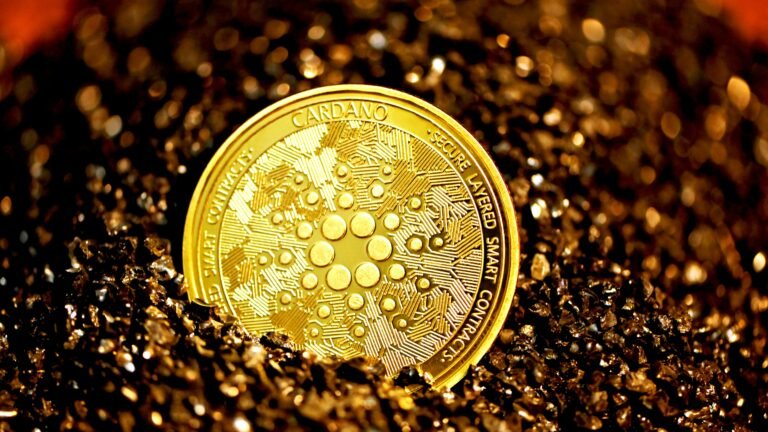- Ethereum recent dip from $2.8K appears to be a minor correction rather than a trend reversal, as retail activity remains low and buying pressure stays strong.
- Key indicators suggest the market is still in a bullish phase, with any pullback likely to be shallow.
Whales Stir, But the Bullish Case Remains Intact
Ethereum’s recent retreat from the $2.8K mark sparked concern among traders, especially after a whale transferred over 10,000 ETH—worth nearly $26 million—to Kraken. Typically, such large deposits are seen as precursors to major sell-offs. But a deeper dive into the data reveals that this may not be the beginning of a major downtrend.
While taker sell volume has indeed increased, it’s crucial to note that overall selling pressure remains relatively subdued. Unlike previous market tops, this pullback hasn’t been accompanied by a frenzy of retail activity, which often signals overheated market conditions.
Retail FOMO Missing—And That’s a Good Thing
Data from CryptoQuant shows that when Ethereum previously peaked—like in March and December 2024—spot market activity surged, often preceding corrections. However, during the recent rally to $2.8K, such retail-driven spikes were noticeably absent.
This calm behavior suggests that Ethereum may still be in the early stages of a larger bullish cycle. In fact, the absence of retail euphoria implies there’s room for more upside, as the broader market has yet to pile in.
Spot Volume and Taker CVD Point Toward Strength
Supporting the bullish case further is the Ethereum Spot Volume Bubble Map, which indicates no signs of overheated trading. The price rise from $1.7K to $2.8K since April has occurred with modest volume—an encouraging sign for long-term bulls.
Moreover, Ethereum’s Spot Taker CVD remains in green territory, showing that buy orders continue to outweigh sells on average. This sustained demand suggests any retracement could be shallow and short-lived.
While Ethereum’s dip from $2.8K may feel like a setback, the underlying metrics tell a different story. Weak profit-taking activity, lack of retail hype, and strong buy-side pressure indicate this correction might just be a pit stop on the road to higher prices.


